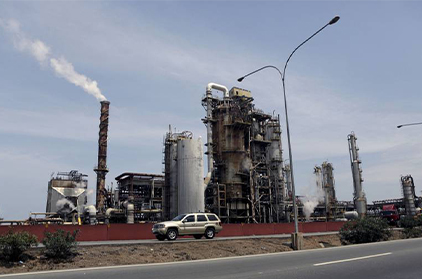
From my somewhat snooty viewpoint of a career begun in the glamorous “upstream” business of finding and extracting oil and gas, refining has long seemed necessary but unappealing. The process of turning crude oil into usable products has been plagued by low profitability and overcapacity.
Now, things have dramatically turned around, but for how long?
Oil and gas production reaps the reward of prices, currently about $112 a barrel, minus costs and taxes. It takes place wherever the geology and politics permit, from deserts to tundras to 3,000-metre oceanic depths.
The downstream, by contrast, is a margin business. Profits are derived from the spread between the input cost of crude oil and the prices of outputs — petrol, diesel, jet fuel, cooking gas, heavy fuel oil, asphalt for roads, lubricants, feedstocks for plastics, and others.
Global refining margins — the gross profit for processing one barrel of crude — typically hover between $2 and $5. Sometimes they go negative. Sophisticated refineries, with greater flexibility, are able to process lower-quality crudes, or produce more high-valued products, can do better.
Out of this, the refiner has to pay for fuel, electricity, labour, maintenance, the capital cost of the facility and a host of other expenses.